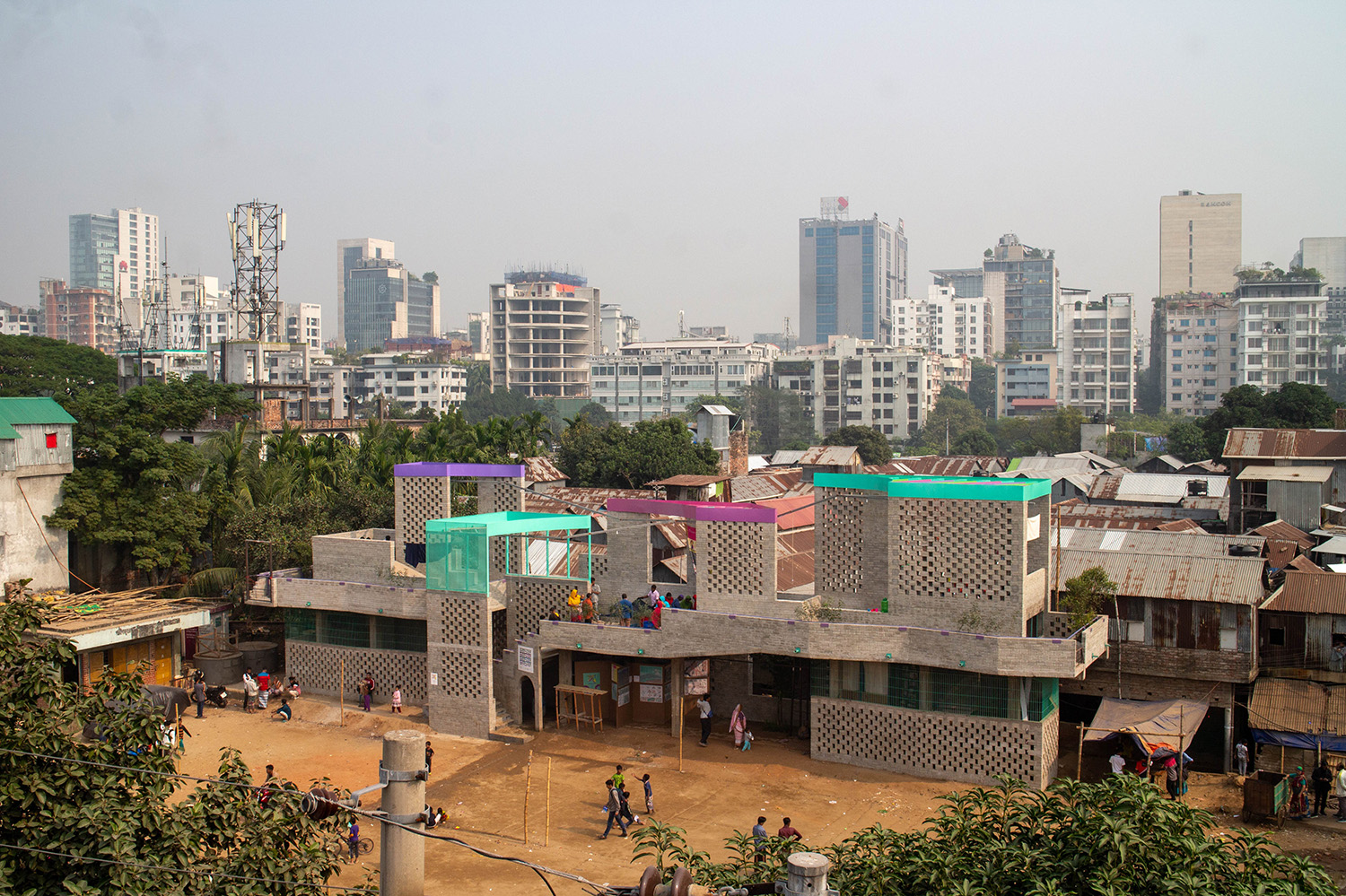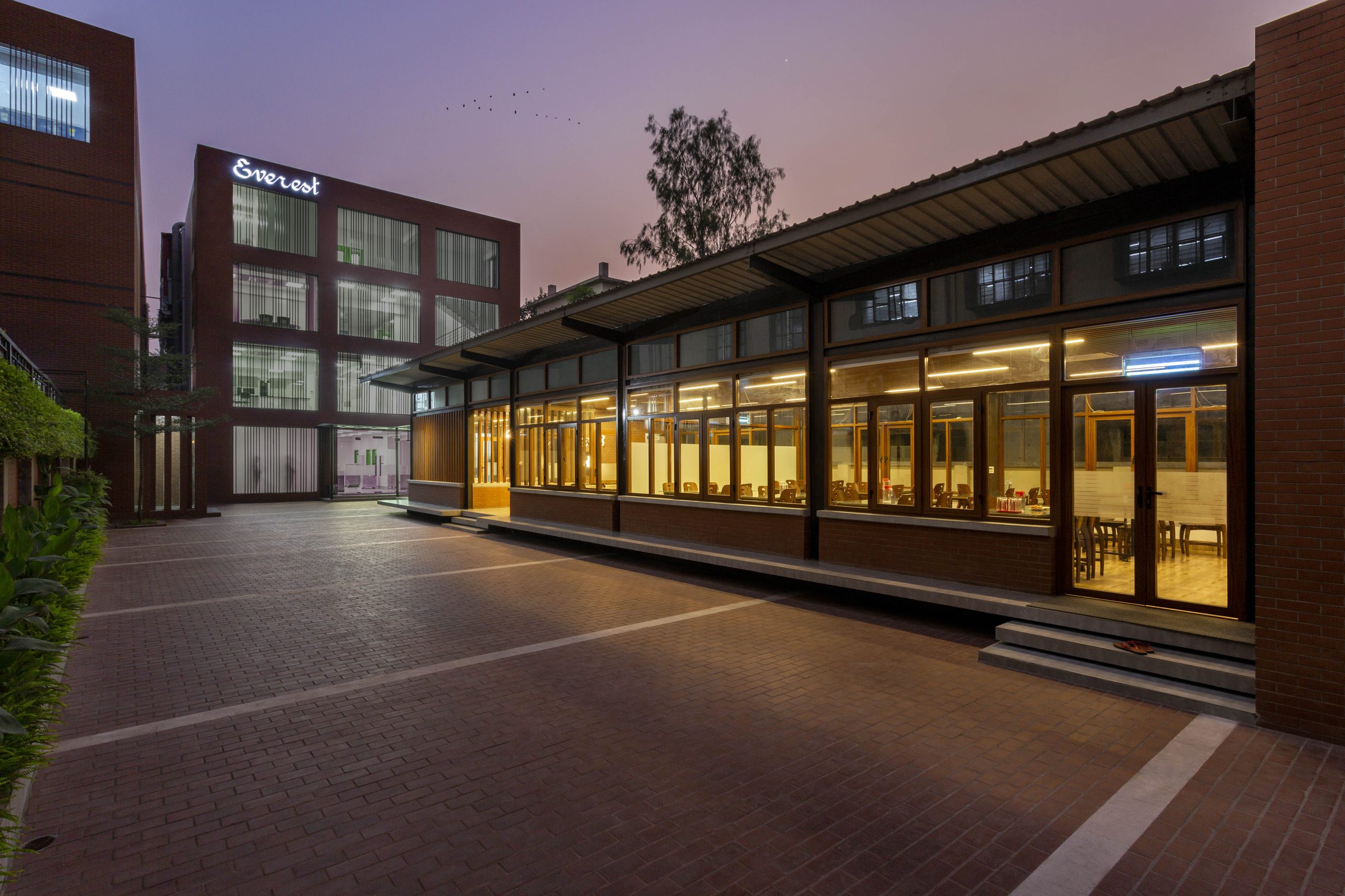Floating Schools
15 November, 2025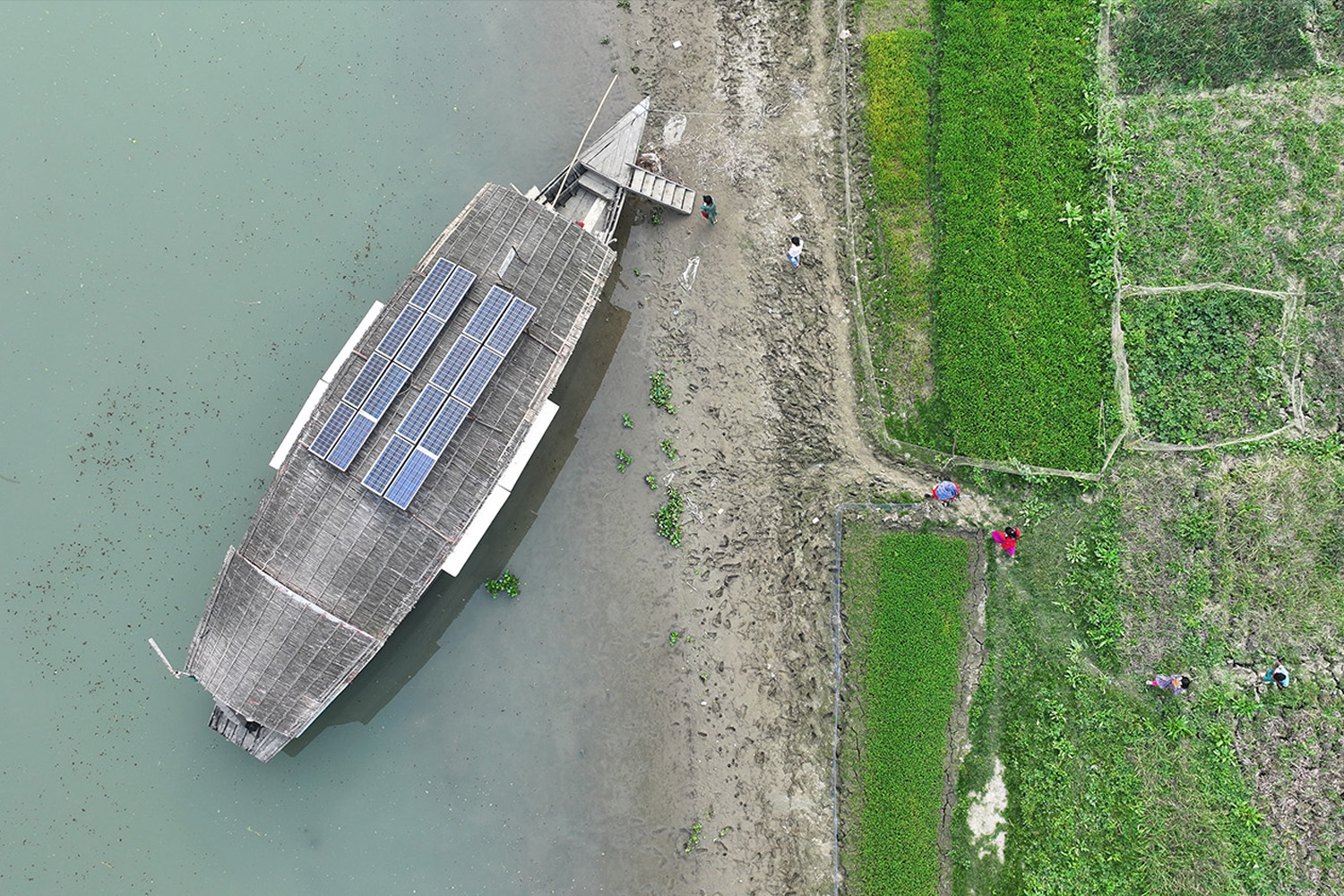
The Floating Schools initiative in Pabna District, Bangladesh, addresses the recurring challenge of education and healthcare access in flood-prone riverine regions. Developed by architect Mohammed Rezwan, the project combines architectural design, cultural continuity and climate adaptation through a fleet of five solar-powered floating structures, including two schools, a library, a training centre and a health clinic. These boats serve flood-prone communities along the Gumani River in the Faridpur and Bhangura subdistricts of Pabna. The initiative began as early as 2002, evolving over two decades into a mature system that became fully operational in 2021 along an 8-km stretch of the river.
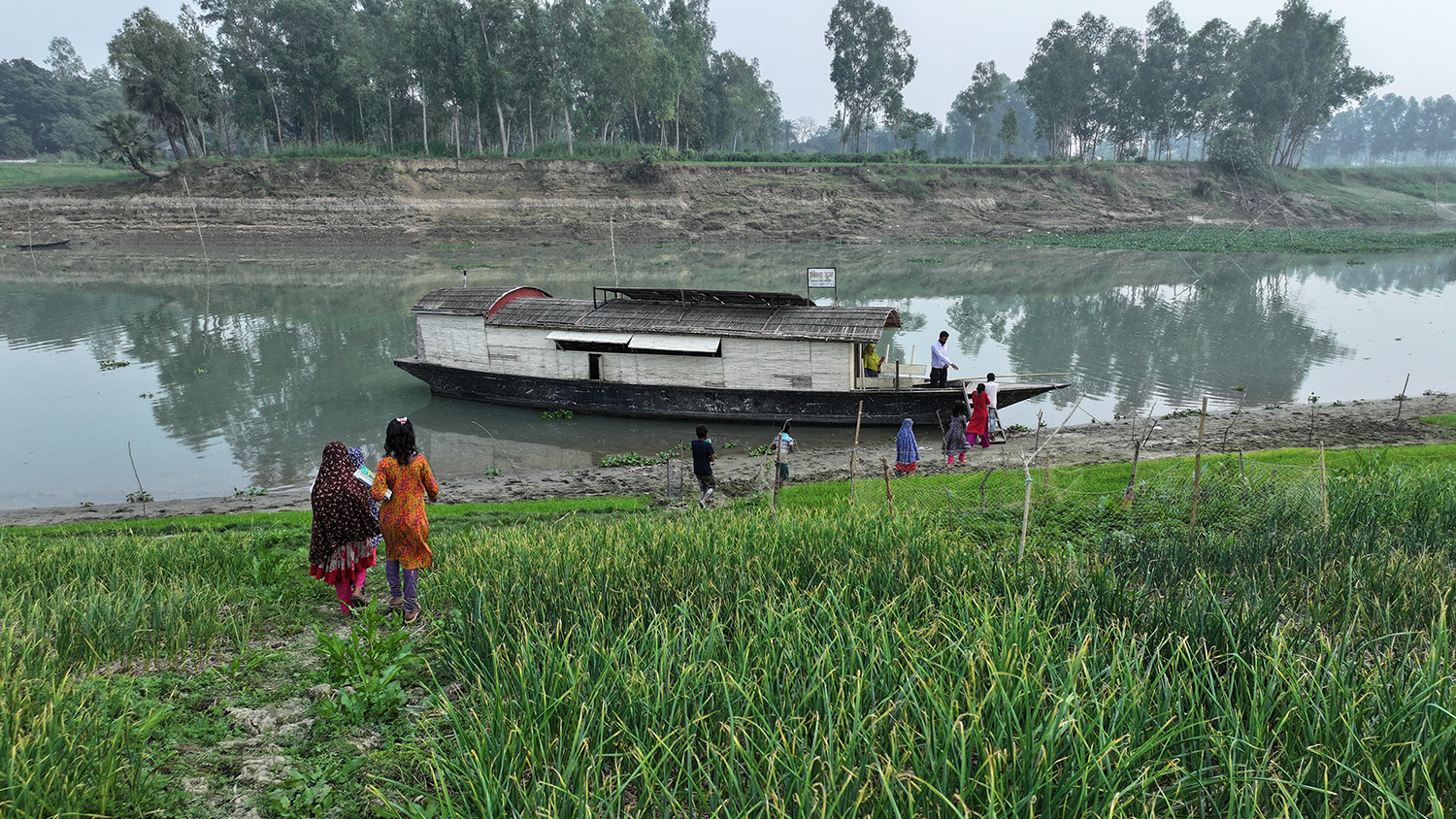

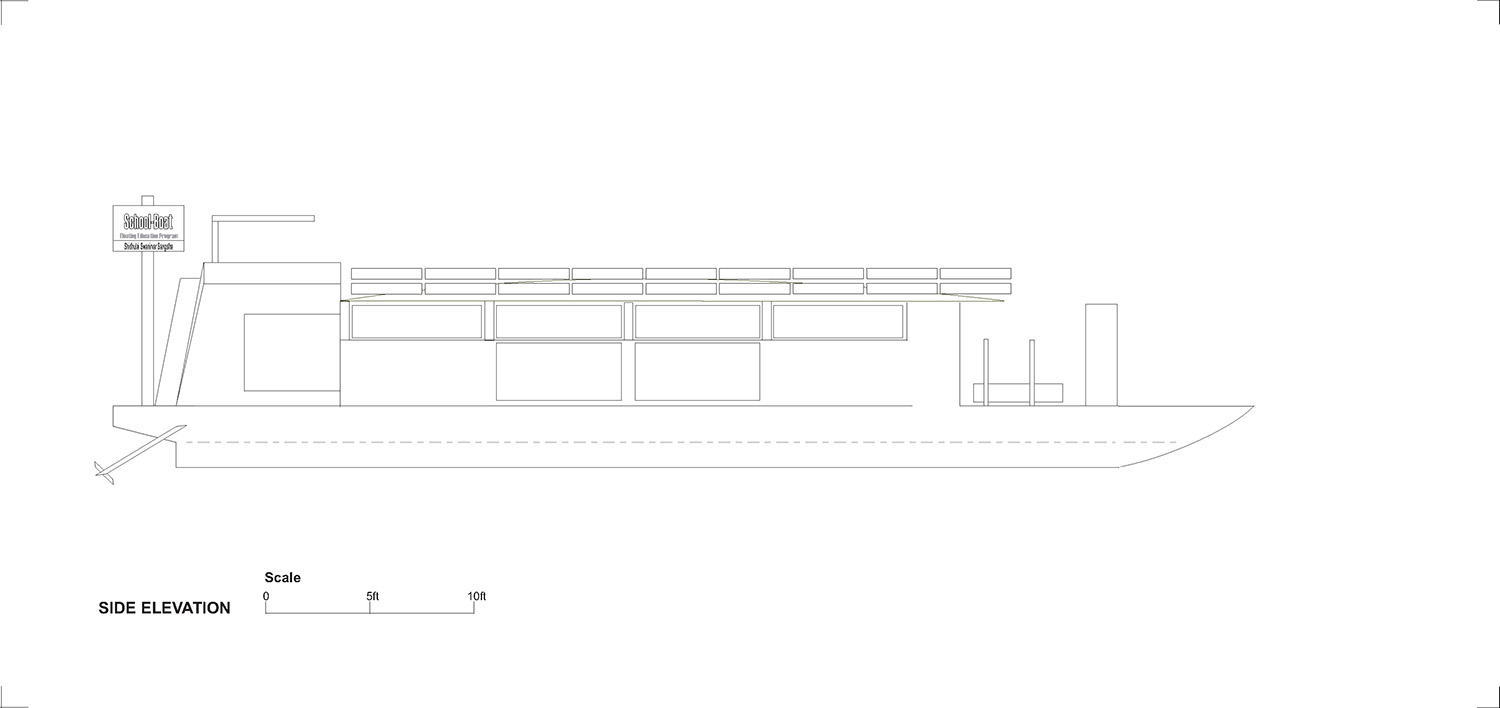
The idea grew from a simple yet urgent problem: children could not reach school when floodwaters cut off their villages. Instead of building on land that was constantly submerged, Rezwan turned to the rivers themselves for solutions. Working closely with local communities, he transformed the boat – an everyday tool of survival – into a vehicle for education, empowerment and resilience. The boats are designed in-house and built by local boat builders, drawing on generations of traditional craftsmanship. Many members of the project team, including programme managers, boatyard supervisors and educators, come from the same communities the boats serve. Some former students have even returned as teachers, a living testament to the project’s long-term social impact.
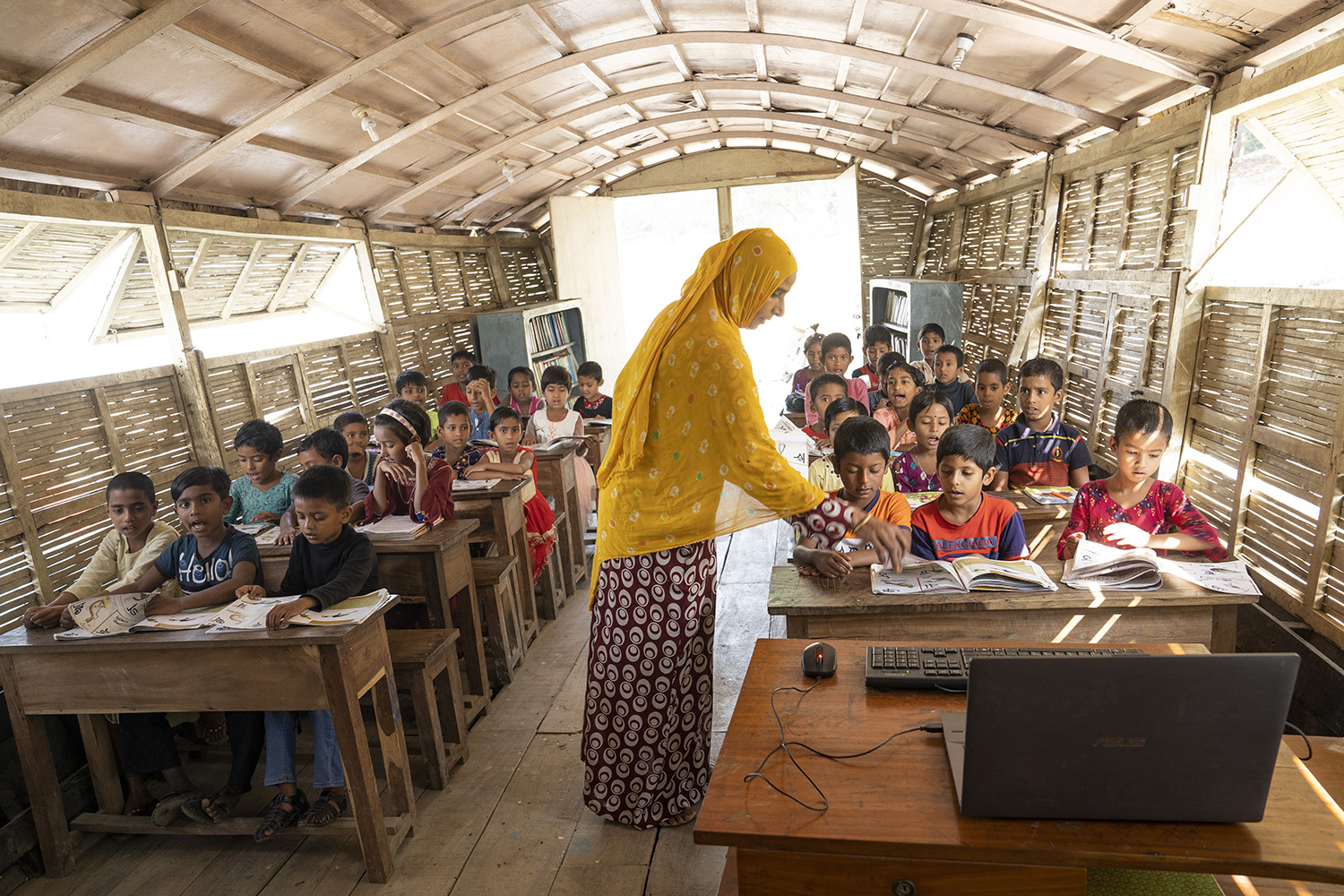
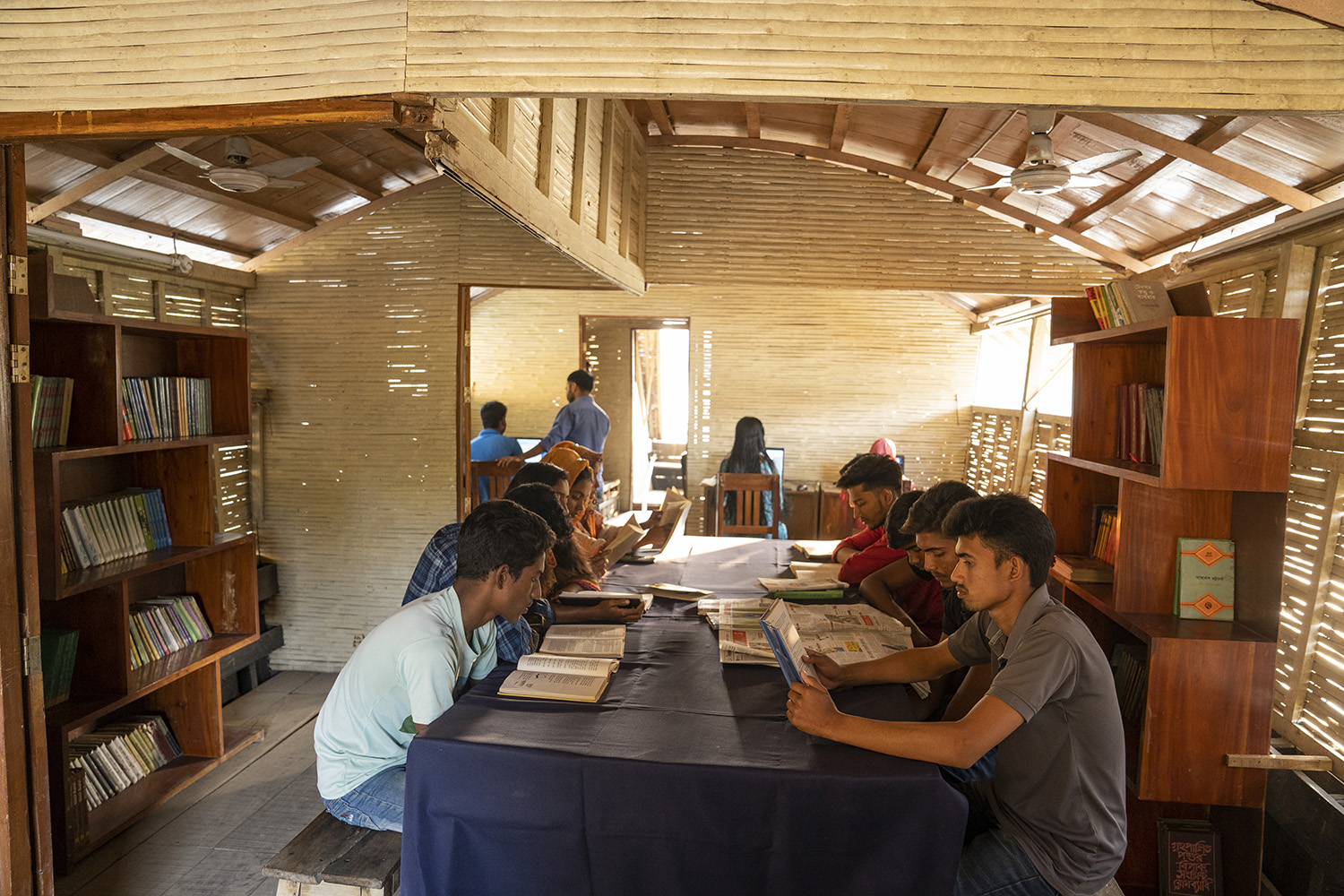

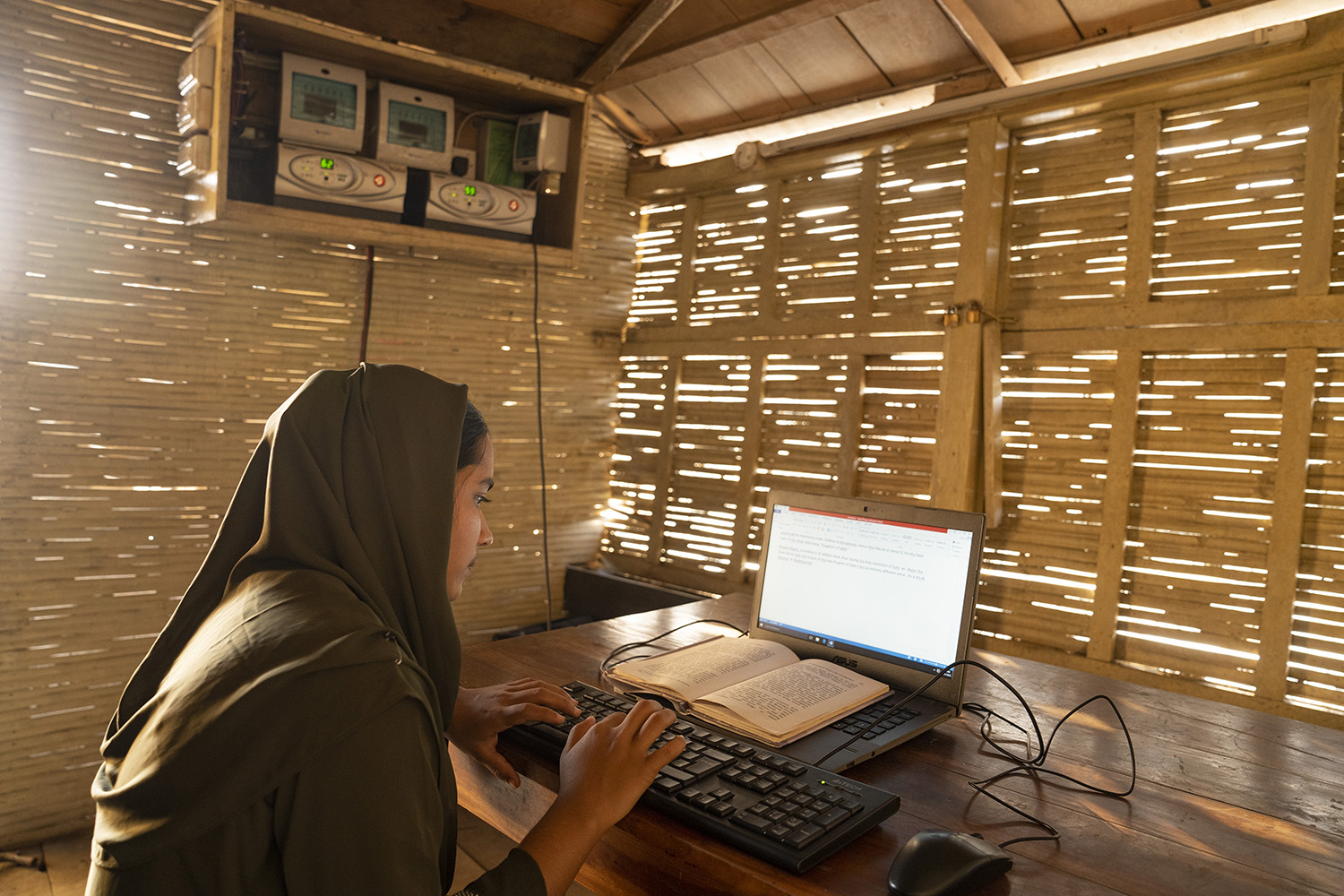
Each boat is carefully designed to respond to both environmental conditions and community needs. The fleet includes classroom boats for children, libraries with open shelving, training boats for sustainable farming and sewing, and mobile clinics providing primary healthcare. Every vessel is built in riverside yards using locally available, low-impact materials such as sal wood, bamboo and recycled tin sheets. Iron beams support column-free interiors, while curved, layered roofs are shaped to deflect monsoon rains and maintain balance. Flat-bottomed hulls allow the boats to navigate shallow waters during the monsoon season. Solar panels provide energy for lighting, learning equipment and medical tools, while old kerosene lanterns have been repurposed as solar light casings – combining cultural familiarity with renewable energy innovation.


